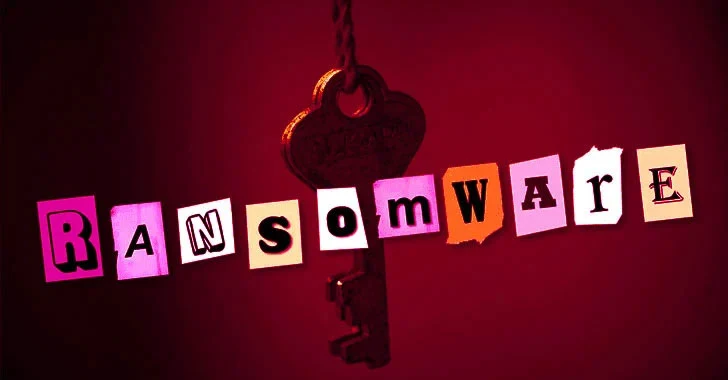 |
| Image Source: TechPrivacy |
Cybersecurity authorities from Australia, the U.K., and the U.S. have published a joint advisory warning of an increase in sophisticated, high-impact ransomware attacks targeting critical infrastructure organizations across the world in 2021.
The incidents singled out a broad range of sectors, including defense, emergency services, agriculture, government facilities, IT, healthcare, financial services, education, energy, charities, legal institutions, and public services.
"Ransomware tactics and techniques continued to evolve in 2021, which demonstrates ransomware threat actors' growing technological sophistication and an increased ransomware threat to organizations globally," the agencies said in the joint bulletin.
Spear-phishing, stolen or brute-forced Remote Desktop Protocol (RDP) credentials, and exploitation of software flaws emerged as the top three initial infection vectors that were used to deploy ransomware on compromised networks, even as the criminal business model has morphed into a "professional" market dominated by different groups of players to gain initial access, negotiate payments, and settle payment disputes.
But in a noticeable shift in the wake of highly-publicized attacks on Colonial Pipeline, JBS, and Kaseya last year, ransomware actors pivoted away from "big-game" hunting in the U.S. in the second half of 2021 to focus on mid-sized victims and evade scrutiny from law enforcement.
"After encrypting victim networks, ransomware threat actors increasingly used 'triple extortion' by threatening to (1) publicly release stolen sensitive information, (2) disrupt the victim's internet access, and/or (3) inform the victim's partners, shareholders, or suppliers about the incident," the agencies said.
According to a new report published by Syhunt this week, over 150 terabytes of data has been stolen from victim organizations by ransomware groups from January 2019 up to January 2022, with REvil alone accounting for 44.1TB of the total stolen information the group siphoned from 282 victims.
Among other tactics embraced by ransomware groups to maximize impact include striking cloud infrastructures to exploit known weaknesses, breaching managed service providers (MSPs) to access multiple victims through one initial compromise, deploying code designed to sabotage industrial processes, poisoning the software supply chain, and conducting attacks during holidays and weekends.
To mitigate and reduce the likelihood and impact of ransomware attacks, organizations are being urged to —
- Keep all operating systems and software up to date,
- Limit access to resources over internal networks, especially by restricting RDP and using virtual desktop infrastructure,
- Raise awareness among users about the risks of phishing,
- Mandate strong, unique passwords and multi-factor authentication to protect accounts from takeover attacks,
- Encrypt data in the cloud,
- Implement network segmentation,
- Disable unnecessary command-line utilities, and restrict scripting activities and permissions,
- Enforce time-based access for privileged accounts, and
- Maintain offline (i.e., physically disconnected) backups of data
"Criminal activity is motivated by financial gain, so paying a ransom may embolden adversaries to target additional organizations or encourage cyber criminals to engage in the distribution of ransomware," the agencies cautioned. "Paying the ransom also does not guarantee that a victim's files will be recovered. Additionally, reducing the financial gain of ransomware threat actors will help disrupt the ransomware criminal business model."





















